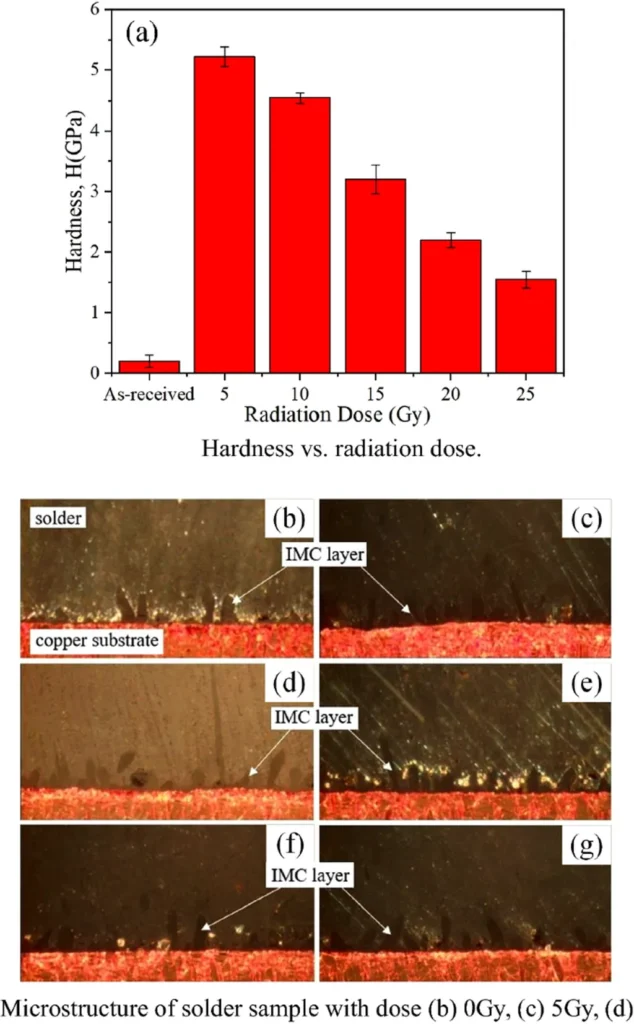In the ever-evolving world of electronics and semiconductor packaging, the reliability of solder joints is paramount. These tiny connections, often overlooked, bear the brunt of mechanical stresses and thermal cycles, ensuring our devices function seamlessly. A recent study published in the *Journal of Advanced Joining Processes* has shed new light on the mechanical properties of intermetallic compounds (IMCs) formed at these critical interfaces, potentially revolutionizing how we design and manufacture electronic components.
The research, led by Wei-Rong Yang from the Academy of Circular Economy at National Chung Hsing University in Taiwan, employs nanoindentation—a technique that applies precise, controlled forces to minuscule areas—to probe the mechanical behavior of IMCs. This method allows scientists to measure properties like hardness, Young’s modulus, plasticity, and creep resistance with unprecedented accuracy.
IMCs are phases that form when solder reacts with the substrate materials, such as copper or nickel. Their mechanical properties are crucial for the longevity and reliability of electronic packaging. “Understanding the mechanical behavior of these compounds is essential for predicting the reliability of solder joints,” Yang explains. “Our study provides a comprehensive analysis of how different factors, such as crystal orientation, structure, and alloying elements, influence these properties.”
One of the key findings of the study is the proposal of a new metric: the Young’s modulus/hardness ratio. This ratio offers a novel way to evaluate the toughness and creep resistance of IMCs, which in turn can predict the reliability of the joints. “This ratio can serve as a valuable tool for material scientists and engineers in designing more robust and durable interconnects,” Yang adds.
The implications of this research extend beyond the electronics industry. In agriculture, the integration of advanced sensors and IoT devices into farming equipment and infrastructure relies heavily on the reliability of electronic components. As precision agriculture becomes increasingly data-driven, the need for durable, high-performance electronics grows. This research could pave the way for more resilient electronic packaging, ensuring that agricultural technologies remain operational in harsh environmental conditions.
Moreover, the insights gained from this study could lead to the development of new alloys and substrates that enhance the mechanical stability of solder joints. This could result in longer-lasting electronic components, reducing maintenance costs and downtime for agricultural machinery.
As the world moves towards smarter, more interconnected farming practices, the reliability of electronic components becomes ever more critical. The research by Yang and his team offers a promising avenue for improving the durability of these components, ultimately benefiting the agriculture sector and beyond. With further advancements in material science and engineering, we can expect to see even more innovative solutions that enhance the performance and longevity of electronic packaging.

